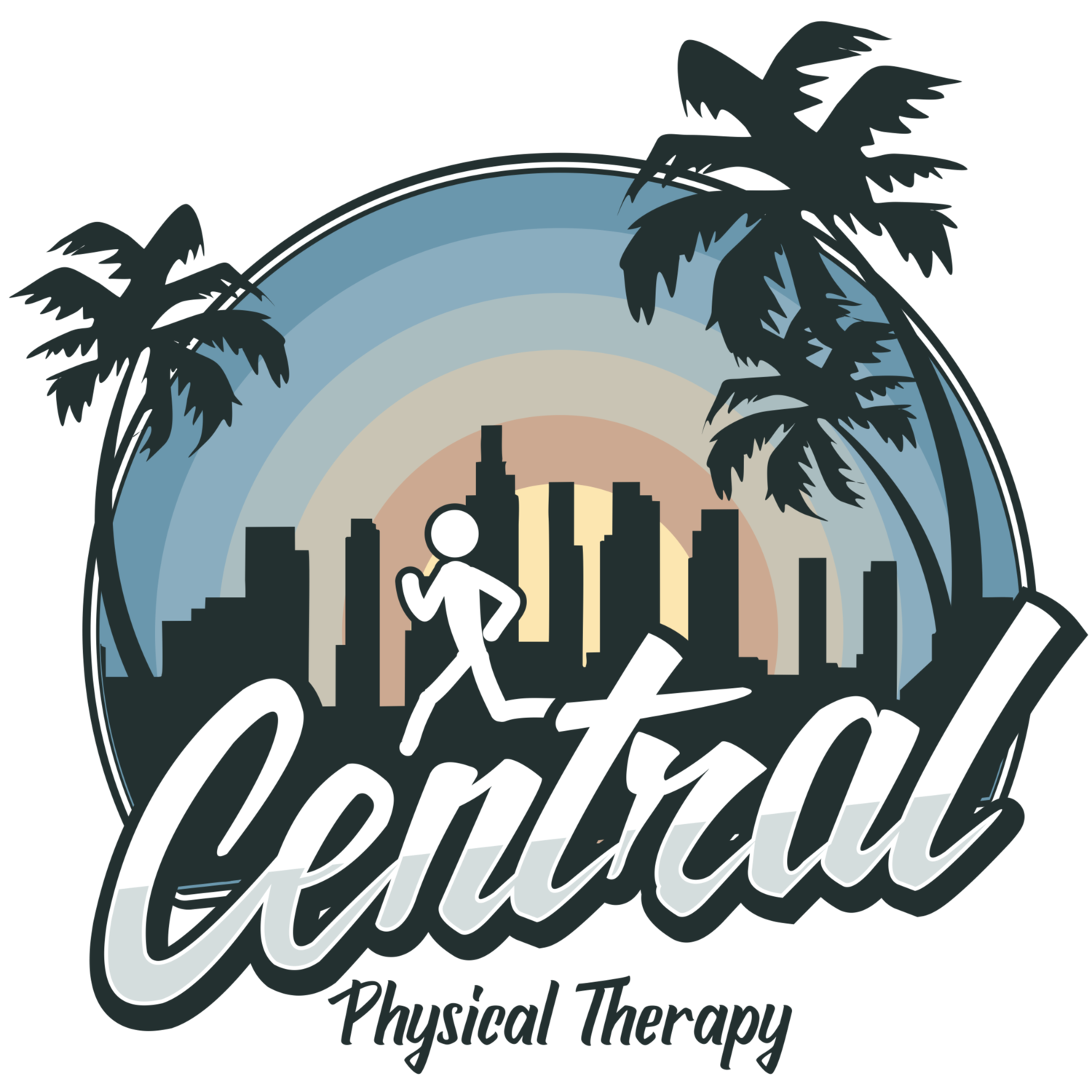Upper back stiffness and its effects
In this day and age it’s very difficult to avoid fixed, static sitting positions throughout the day – whether it’s laptop/computer use, watching tv/movies, driving, being on a plane, eating, etc. Most people tend to sit in flexed positions. As a result, it’s very difficult to avoid the development of stiffness, tightness, and subsequent pain in our bodies. The upper-mid back (thoracic spine) is one of the main areas that are affected.
The thoracic spine (T1-T12) is the area between your neck (cervical) and your low back (lumbar) and is where your ribs attach.
Based on the 'joint-by-joint approach' by Mike Boyle and Gray Cook, each of the joints in our body has a tendency to either get stiff (mobility problem) or move too much (stability problem) and tends to alternate with each joint. The thoracic region has a tendency to be stiff (mobility problem) while the lumbar and lower cervical areas tend to move too much (stability problem).
The thoracic region has a tendency to be stiff, while lumbar and lower cervical has tendency to move too much
This stiffness not only affects the upper back, but also the neck and scapular areas because many muscles in these regions attach to the thoracic spine. It also has an effect on end range shoulder motion as thoracic extension is needed to get the full range in the shoulder. Many patients who come in for neck or scapular/shoulder problems typically also have thoracic stiffness.
Many muscle in the cervical area connect to the thoracic region (upper back)
The lumbar area is affected as well. Since stiff thoracic segments could only move so much with movement (ie. bending forward, bending back, twisting, etc), the rest of the movement has to come from somewhere and it’s usually the low back that compensates with more movement (also the lower neck). Over time, the increased movement in these areas (lower back and lower neck) contribute to degeneration and strain in passive structures as well as tightness in the muscles. It also makes sense as to why the most common area for disc herniations are the lower lumbar and lower cervical regions.
The thoracic segments could only move so much with movement; the rest of the movement usually comes from the lumbar spine
So what could be done about this? First, it would help to know if your thoracic region is stiff so seeing a physical therapist for an in-person evaluation could be helpful. If so, some mobility work is typically indicated -- manual work by the therapist, using a foam roller, or other mobility exercises. It would also be beneficial to train and stabilize your trunk, as this could help prevent the stiffness in the first place (stiffness is usually a result of lack of stability lower down). And lastly, try to maintain proper posture (as shown below). Keep the ears, shoulders, and hips aligned with sitting, which would keep the joints more centered and balanced.
Proper sitting posture: Keep ears, shoulders, and hips aligned with sitting





